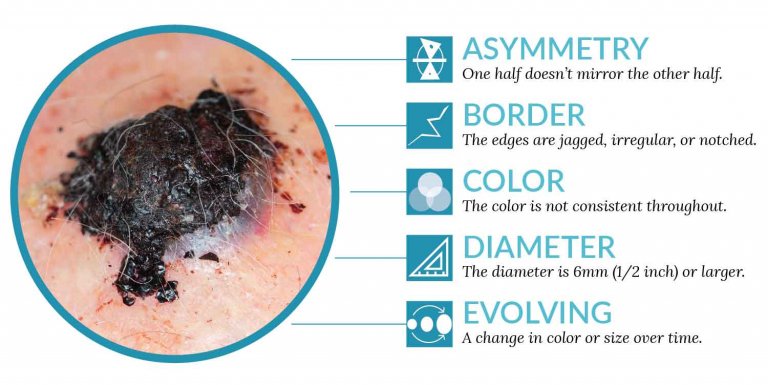Benign Lesion Treatment from U.S. Dermatology Partners
Learn More About Benign Skin Lesions & Possible Treatment Options
If you’ve noticed new skin growths, lumps, or bumps, chances are you’re dealing with a lesion. But, to know whether or not the lesion is benign, you’ll need to consult with a professional. At U.S. Dermatology Partners, our skilled dermatologists can partner with you to determine the type of lesion and help you decide if treatment is necessary for your condition. To get started, simply fill out our online scheduling request form, and a U.S. Dermatology Partners team member will be in touch to finalize the details of your visit.
What Are Benign Lesions?
Benign lesion is an umbrella term that may reference any number of non-cancerous lesions of the skin. These lesions may develop on any part of the body with soft tissue. They are classified (named) according to their specific sets of features, where they develop, and other characteristics. Determining if a lesion is non-cancerous requires an accurate diagnosis from a dermatologist.
Find This Service Near You
Are there Different Types of Benign Lesions?
There are numerous different types of benign skin lesions, including nevi (birthmarks and moles), warts, scars, and tumors. They can develop in a variety of sizes, shapes, and colors. Some of the most common types of benign skin lesions are described below.
 Vascular Lesions
Vascular Lesions
- Cherry Angiomas – These bright red, dome-shaped moles usually develop in adults over the age of 30. The red appearance is caused by numerous dilated capillaries beneath the skin. They are more likely to develop on the trunk and upper part of the body, but they can occur anywhere. May develop in clusters and can bleed easily.
- Pyogenic Granulomas – Another benign red growth, these bright red, round lesions contain numerous blood vessels. They bleed easily and often grow quickly. While the exact cause is unknown, they commonly occur during pregnancy or after a trauma. They develop most often on the face, hands, or anywhere a person has been injured.
- Angiomatosis – A rare type of vascular lesion that involves a combination of numerous types of blood vessels and adipose (fatty) tissues. These lesions often appear similar to angiomas and vascular malformations, making them a little more difficult to diagnose. Most often developed by women under the age of twenty on the lower half of the body.
- Strawberry Angiomas – This is a type of thickened, oversized scar caused by excessive amounts of fibroblasts (the most common cells in connective tissues) that lead to the overproduction of the collagen proteins that provide structure to most types of soft tissue. Common across individuals of all skin tones, this type of scar is caused by the improper healing of a wound, and it typically will not grow beyond the area originally impacted by the injury.
Scar Tissue Lesions
- Keloid Scars – This type of lesion is an excessive tissue growth in response to skin injuries. This type of scar growth often occurs after minor injuries, but it can grow significantly beyond the original size of the wound. Additionally, these scars may be painful. They are most common among people with a family history of keloid scarring and those who have darker skin tones. Often found on the earlobes and face, but they can also develop on the neck, arms, chest, and back.
 Warts
Warts
- Common warts – These lesions are skin-colored, soft growths that have a texture similar to cauliflower. They frequently develop as a group of lesions that are caused by a virus (often the human papillomavirus or HPV). They can be transmitted through skin contact and most often develop on hands, fingers, elbows, or knees.
- Flat warts – These skin-colored, smooth, flat growths commonly develop on the face, the backs of hands, and legs. The lesions are small (about the size of a pinhead), and like common warts, they’re caused by a viral infection.
- Plantar Warts – They earn their name plantar, which refers to the soles of the feet, due to the common area they develop. They are typically skin-colored with a thickened or hardened outer layer of skin.
Certain warts caused by high-risk HPV types can transform into cancerous lesions over time, therefore, prompt evaluation and management by your dermatologist are critical.
Benign Growths
- Seborrheic Keratosis – Often mistaken for skin cancer, these benign lesions are most frequently found on the face, chest, shoulders, and back of older adults. They typically appear as stuck-on waxy growths that are brown in color. Very rarely, the sudden eruption of many seborrheic keratoses may denote an underlying internal malignancy such as gastric adenocarcinoma.
- Lipoma – A soft mobile proliferation of fatty adipose tissue that develops below the skin surface. They can grow to be quite large, but this typically takes an extended period of time as they normally progress slowly.
- Dermatofibroma – A small, skin-colored or brownish, fibrous tumor that develops frequently after a traumatic injury or insect bite, though the exact cause is unclear. They most often occur on the legs and feet, but they may develop on any part of the body.
- Sebaceous hyperplasia – These are yellow-colored, greasy, shiny donut-shaped bumps on the skin where there are hair follicles (pilosebaceous unit).
 Cysts
Cysts
- Epidermoid cysts – They are derived from part of the hair follicles with a sac wall that encapsulates the cystic material consisting of keratin cells and debris.Usually, there is a central pore (punctum) in the center where drainage can take place. Although benign, they can grow in size and eventually rupture, leading to severe discomfort and inflammation.
 Nevus
Nevus
- Birthmarks – There are numerous different types of birthmarks, but essentially, they are areas of the skin with higher amounts of pigmentation, leading to a darker coloring. For many infants and children, these birthmarks go away with age, but others have their birthmarks throughout their lives.
- Moles (dysplastic or melanocytic nevi) – Commonly occurring across patients of all ages, genders, and ethnicities, moles may be more likely to develop in fair-skinned people and those who have frequent or prolonged sun exposure, especially during childhood. Although the vast majority of moles will never give rise to melanoma, a small proportion will. Therefore, any changing moles may warrant a dermatology visit.
 Hyperpigmentation Lesions
Hyperpigmentation Lesions
- Melasma – A benign hyperpigmentation disorder sometimes referred to as the mask of pregnancy due to its prevalence among expectant mothers. It can also occur due to taking hormonal contraceptives. It causes dark spots on the face and can become more severe if the person is exposed to sunlight.
- Acanthosis nigricans – These are velvety, hyperpigmented (usually brown or black) patches of thickened skin (plaques) often developing in areas where skin rubs together. This condition frequently occurs in individuals suffering from polycystic ovary syndrome (PCOS) and Cushing Syndrome, as well as individuals who are severely overweight, but it may also be triggered by the use of certain medications. The affected areas may itch or be uncomfortable.
- Solar lentigo (liver spots) – These are areas of hyperpigmentation caused by sun exposure that can be small or large in size and vary in color. They are more common among older adults.
 Other Benign Lesions
Other Benign Lesions
- Corns – These develop on parts of the feet that are not weight-bearing (tops, sides, between toes), and they may be soft or hardened bumps surrounded by tender or inflamed tissue.
- Calluses – These are hardened areas of the skin that often develop on the soles of feet, palms of hands, fingers, and knees. Calluses typically form due to pressure and friction and can be prevented by avoiding repetitive motion or protecting the skin.
- Skin tags – Common among adults over the age of 50, skin tags are not painful. They are skin growths characterized by their attachment to the body via a peduncle (a thin stalk of skin). They most often develop on parts of the skin that rub together.
Who Develops Benign Lesions?
Benign skin lesions may occur for people of all ages, skin tones, and genders.
What Are the Symptoms of Benign Lesions?
Each type of skin lesion has its own set of symptoms as outlined above. However, some characteristics may indicate a lesion is cancerous. By noticing these warning signs of skin cancer, you can ensure you reach out to a dermatologist for diagnosis in the earliest and most treatable stages of skin cancer.
The most common warning signs that a skin lesion is cancerous and not benign include:
- Asymmetry – The lesion is uneven on one side.
- Border irregularity – The border is not smooth or solid but is scalloped or otherwise irregular.
- Color irregularity – The lesion is different in color from other similar spots on your body or is not a consistent color in itself.
- Diameter – The size of the lesion is larger than the diameter of a regular pencil eraser.
- Evolution – The lesion is changing quickly.
What Treatments Are Available for Benign Lesions?
The majority of benign skin lesions do not require treatment. In most cases, a dermatologist will only recommend treatment if your lesion is painful, cosmetically problematic, it’s at risk of being injured or damaged, or it impedes functionality.
A range of treatments can be used to remove problematic lesions, including:
- Electrocauterization
- Cryotherapy
- Laser therapy
- Surgical removal
- Light therapy
Can Benign Lesions Be Prevented?
While some skin lesions have specific factors or underlying causes that increase the risk for developing these issues, many have no specific cause, which makes them much more difficult to prevent. In order to reduce your risk for skin lesions, you should create a personalized skincare plan with the help of a knowledgeable dermatologist, minimize sun exposure, and care for any injuries or wounds as soon as they occur.
*Results may vary by individual

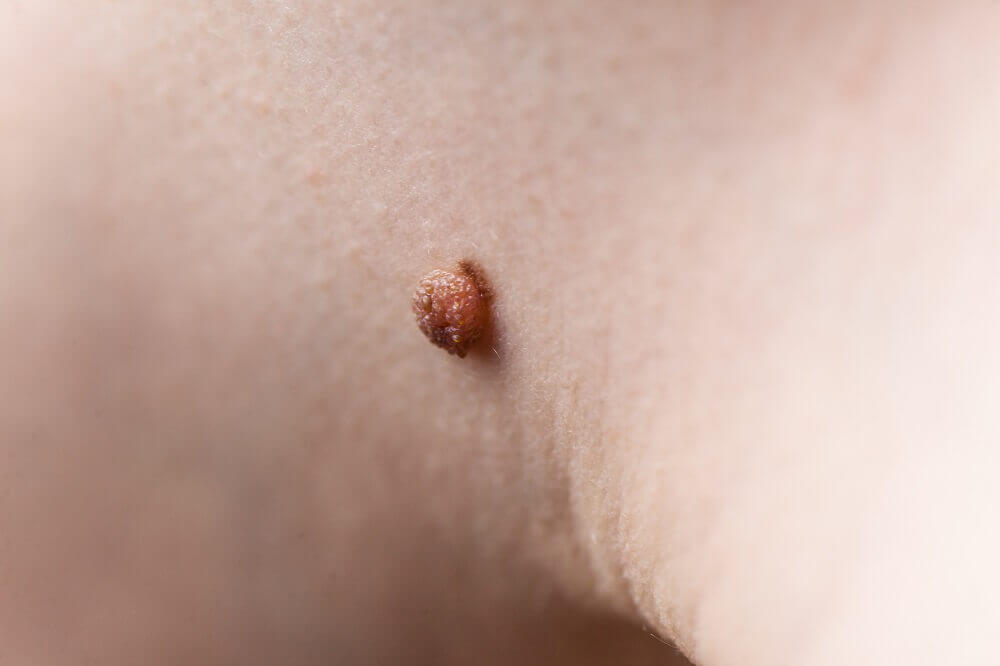
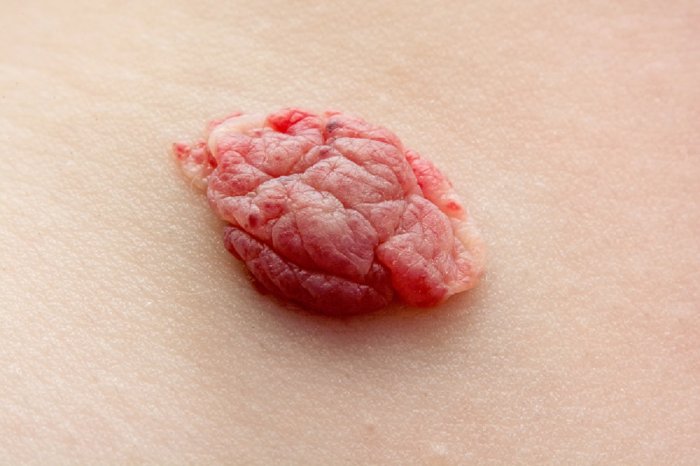 Vascular Lesions
Vascular Lesions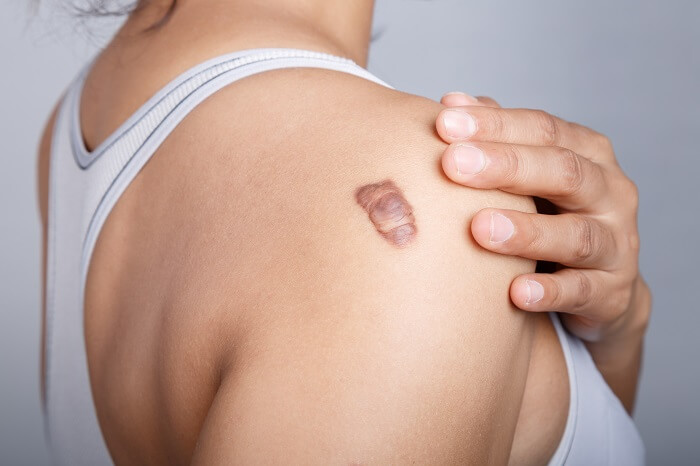
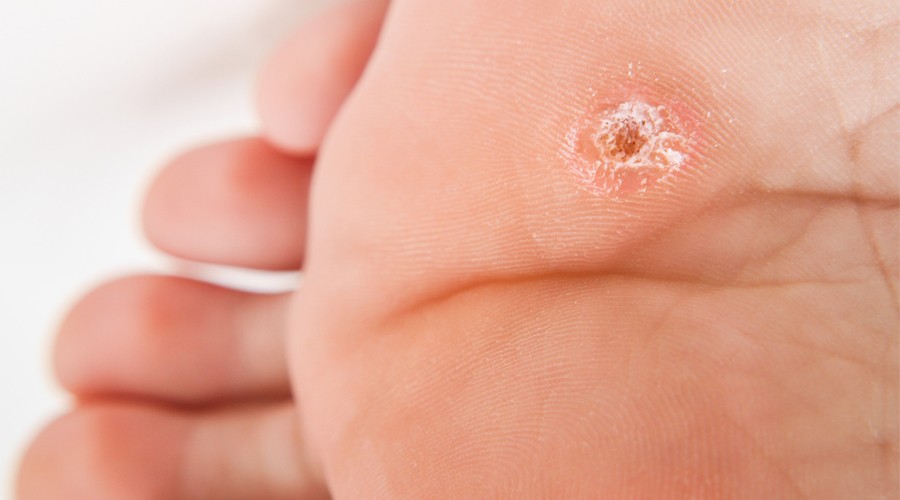
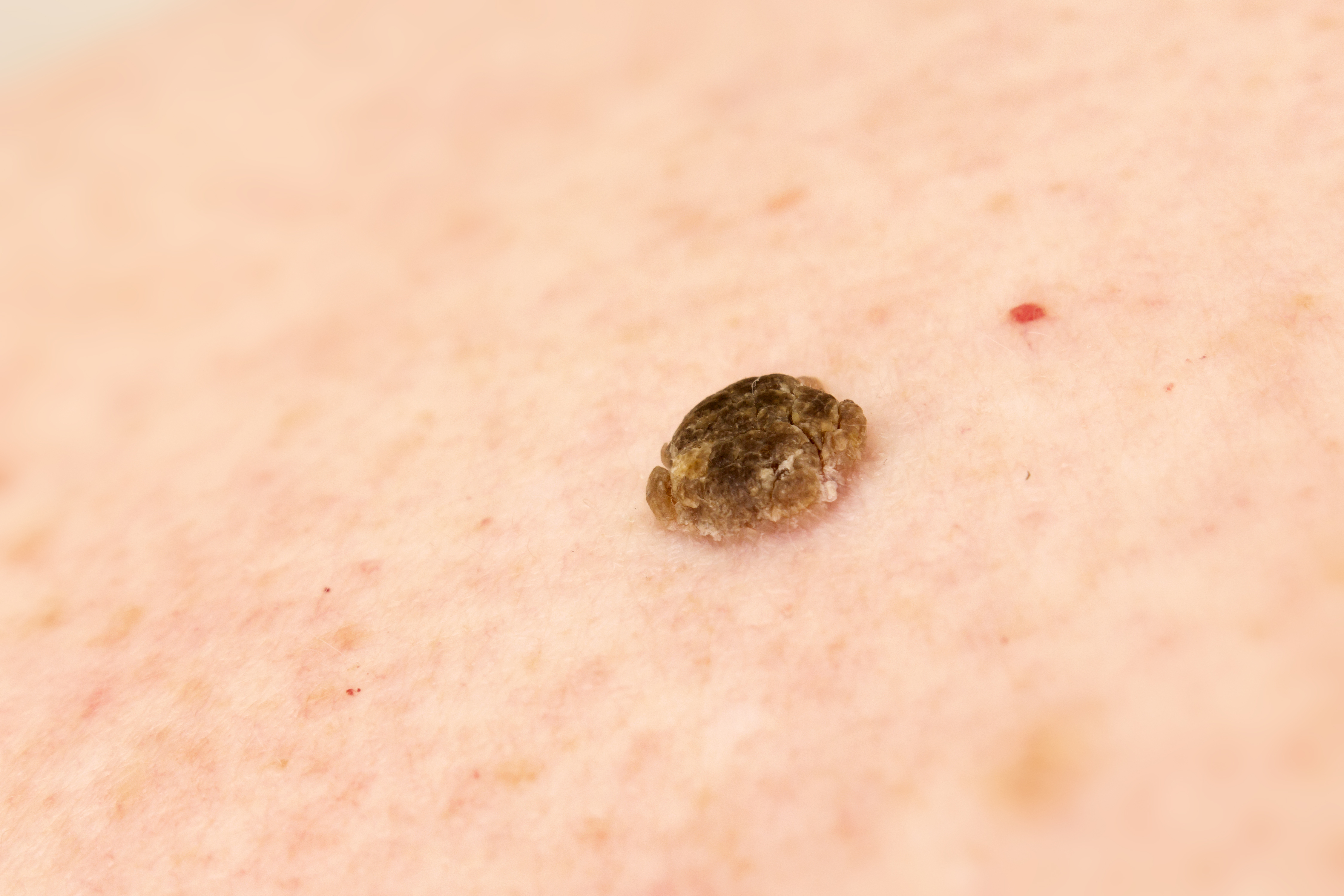
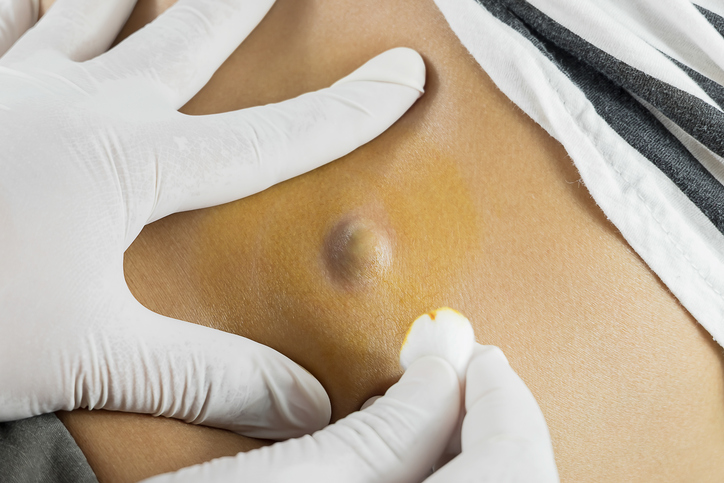 Cysts
Cysts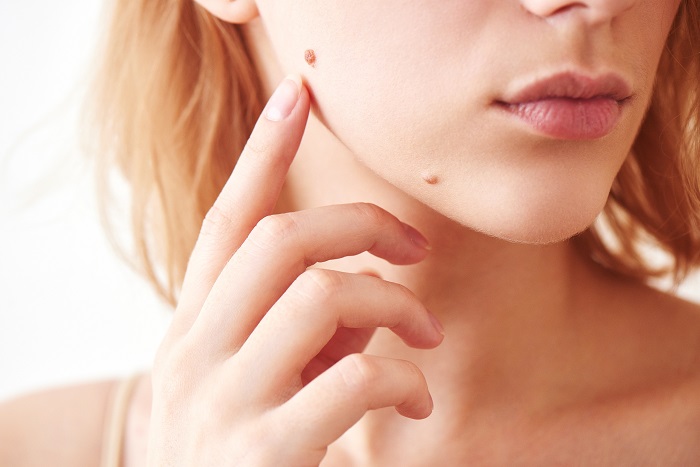 Nevus
Nevus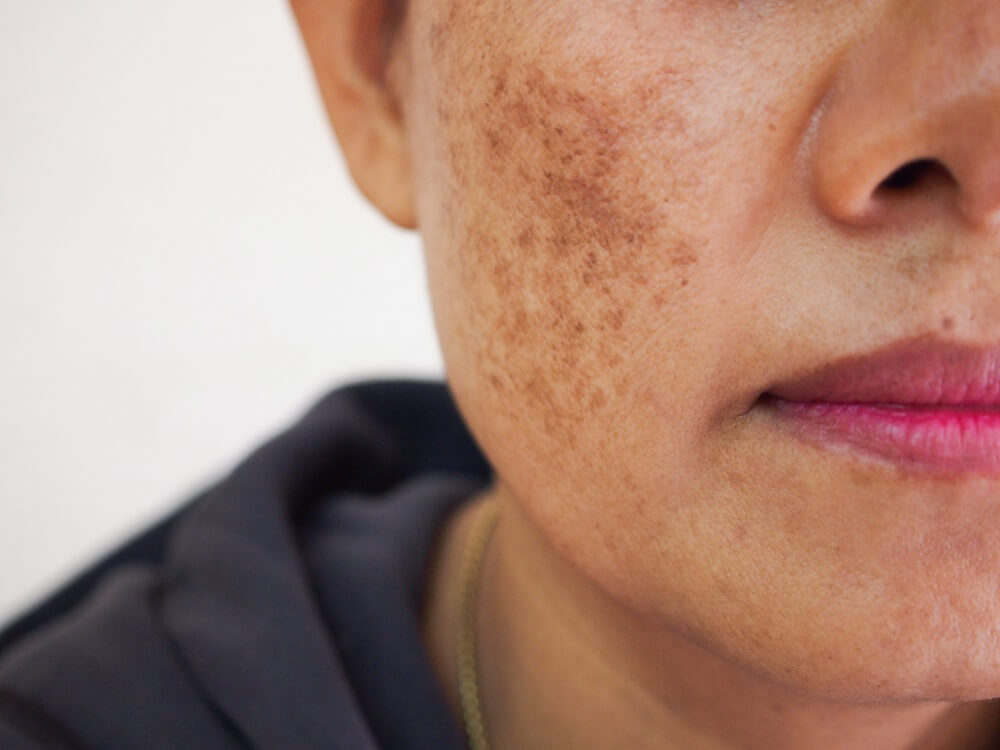 Hyperpigmentation Lesions
Hyperpigmentation Lesions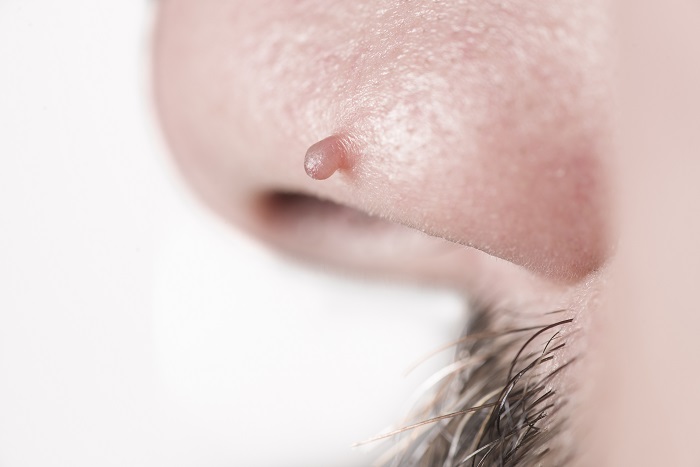 Other Benign Lesions
Other Benign Lesions